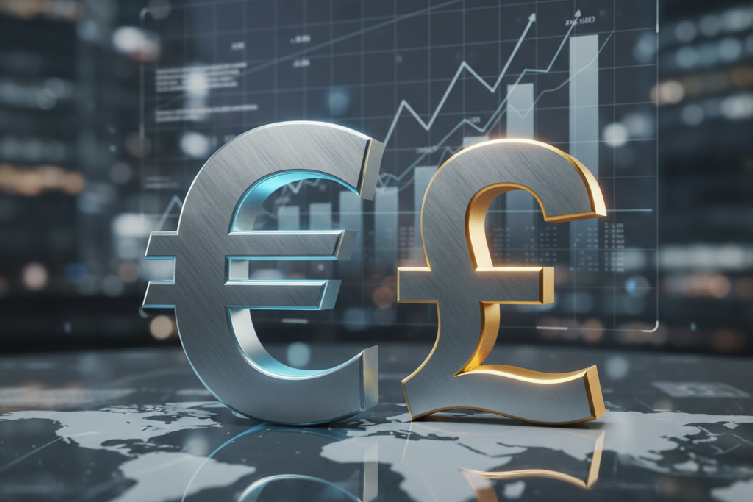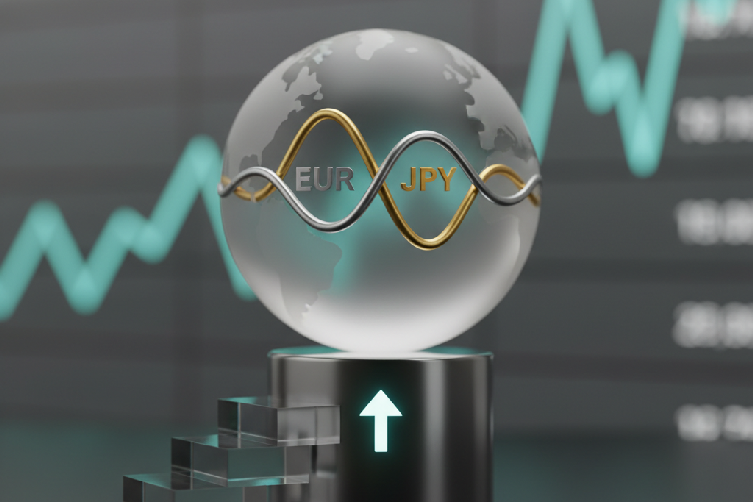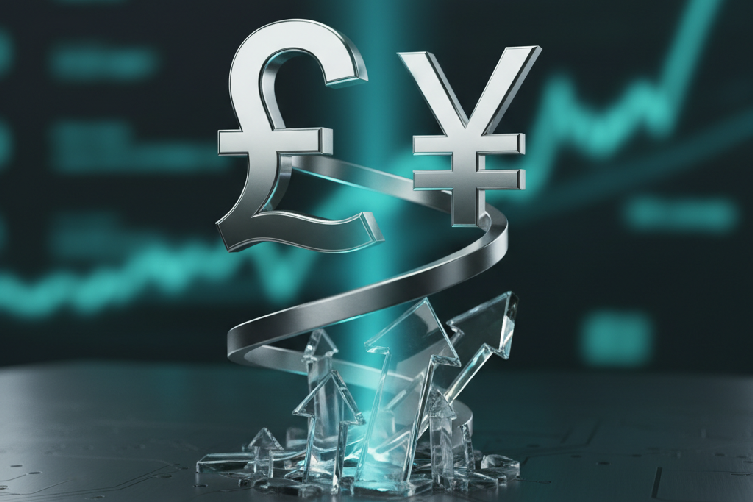AUDCAD Forex Trading: A Guide to the Powerhouse Pair

Are you looking to harness the power of two resource-rich global economies in your forex strategy? If you want to diversify your portfolio with a volatile yet robust currency pair, understanding AUD/CAD in forex is a crucial first step.
The AUD/CAD pair represents the exchange rate between the Australian dollar (AUD) and the Canadian dollar (CAD). Because both currencies are deeply connected to the global commodities market, this pair offers a unique opportunity for traders who follow commodity-driven economies.
This guide will dive deep into AUD/CAD trading, exploring the key factors that move its exchange rate and sharing advanced strategies to sharpen your skills. We’ll also touch on why choosing a regulated forex broker is vital for a secure trading journey. By the end, you’ll have a solid grasp of what AUD/CAD is, empowering you to trade with confidence.
Understanding the AUD/CAD Forex Pair
The AUD/CAD currency pair is known as a “cross pair” because it doesn’t involve the U.S. dollar. Let’s break down its essential components:
- Base Currency (AUD): The Australian dollar is the base currency. In the AUD/CAD pair, the value of one AUD is expressed in terms of CAD. A rising AUD suggests strengthening Australian economic conditions.
- Quote Currency (CAD): The Canadian dollar is the quote currency. It shows how many Canadian dollars are needed to buy one Australian dollar. Changes in the CAD reflect the economic health of Canada, especially its resource sector.
- Mining and Resources: Australia’s GDP is significantly impacted by its mining sector. Strong demand for iron ore and coal from abroad can lead to a stronger AUD as export revenues climb.
- Trade with Asia: Australia’s biggest trading partners are in Asia, primarily China and Japan. Economic performance in these countries directly affects Australia’s export numbers and, in turn, the AUD.
- Oil and Energy: As a major global oil exporter, Canada’s economy is profoundly affected by oil price fluctuations. Rising oil prices tend to strengthen the CAD, while falling prices can weaken it.
- U.S. Trade Relationship: Over 70% of Canada’s exports are destined for the United States. Therefore, U.S. economic policies, trade deals, and political ties are crucial in determining the CAD’s strength.
- GDP Growth: If Australia’s GDP grows faster than Canada’s, the AUD tends to appreciate against the CAD. Keep an eye on reports from the Reserve Bank of Australia (RBA) and the Bank of Canada (BoC).
- Employment Data: High employment rates often point to economic strength, which can boost the value of a nation’s currency. Strong job numbers in Australia relative to Canada can push the AUD/CAD pair higher.
To trade this pair effectively, you must understand the relationship between these two economies. Both Australia and Canada are major commodity exporters—Australia with iron ore and coal, and Canada with oil and natural gas. This link means global commodity price shifts can have a major impact on the AUD/CAD exchange rate.
Why AUD and CAD Matter in Forex
Both the AUD and CAD are known as “commodity currencies” because their values are heavily tied to the raw materials each country exports. This connection makes the AUD/CAD pair highly sensitive to global economic trends, geopolitical events, and, of course, commodity price changes.
For traders, this means analyzing AUD/CAD isn’t just about currency values; it’s about reading broader economic signals and market sentiment.

The AUD/CAD Pair: What Makes It Unique?
AUD/CAD stands out because it pits two resource-heavy economies against each other, each with different commodity strengths. This creates a dynamic trading environment where the pair’s movements are influenced by a unique blend of factors.
Australia’s Economic Pillars
Canada’s Economic Pillars
Key Factors Influencing the AUD/CAD Exchange Rate
To master AUD/CAD trading, you must track the factors that influence its exchange rate. These include key economic indicators, commodity market shifts, and central bank policies.
Economic Indicators
By understanding the interplay between these economic drivers, from commodity prices to central bank announcements, you can develop a more nuanced and strategic approach to trading the AUD/CAD pair. This knowledge forms the foundation for making informed decisions in a constantly evolving market.









